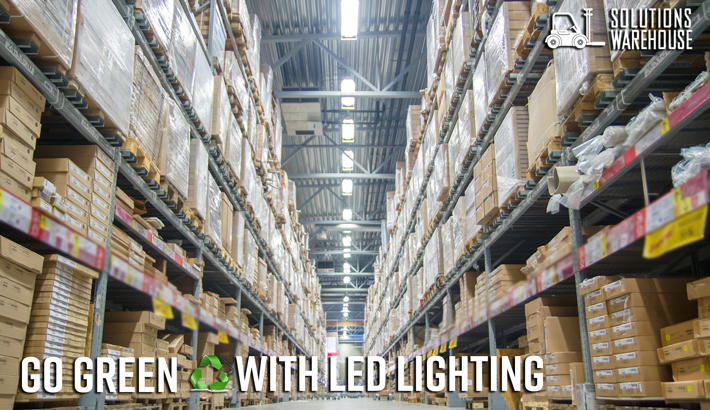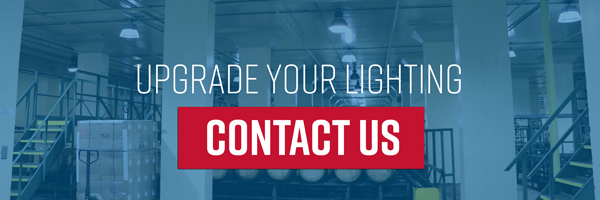
On April 22, 1970, millions of people took to the streets to protest the negative impacts of 150 years of industrial development in the first ever Earth Day movement. In July of the same year, U.S. Congress and President Nixon created the Environmental Protection Agency and robust environmental laws, such as the Clean Water Act and the Endangered Species Act.
Earth day is now a day of political action and civic participation. One billion people across the globe use this day to demonstrate an act of kindness to give back to the planet, whether that be marching for a cause, planting a tree, or picking up garbage across their towns and roads. CBT encourages you to give back to our home today, and every day, as we make an effort to preserve the wildlife, forestry, and a pleasant climate for generations to come.
One way to reduce waste in your plant, while cutting energy costs and increasing efficiency, is to upgrade to LED lighting. LED lighting uses between one-half and one-third of the energy required by legacy technologies, and in many cases, even less than that.
An example of how this would impact your facility: If you have a plant with (100) 400-watt Metal Halide light figures and replaced them all with LED, you would get the same carbon offset as planting 44,554 trees!
If we combine the savings gained by switching to LED with lighting controls, like occupancy and daylight sensors, we could see the environmental impact decrease by another 20%. An often-overlooked benefit of switching to LED is that these fixtures do not need to be recycled to contain the hazardous material that is present in legacy lamps and ballasts. Not only does this save you money, but it reduces the risk of hazardous waste ending up in our landfills.
Think you know how to properly recycle? Take this quiz to find out!













